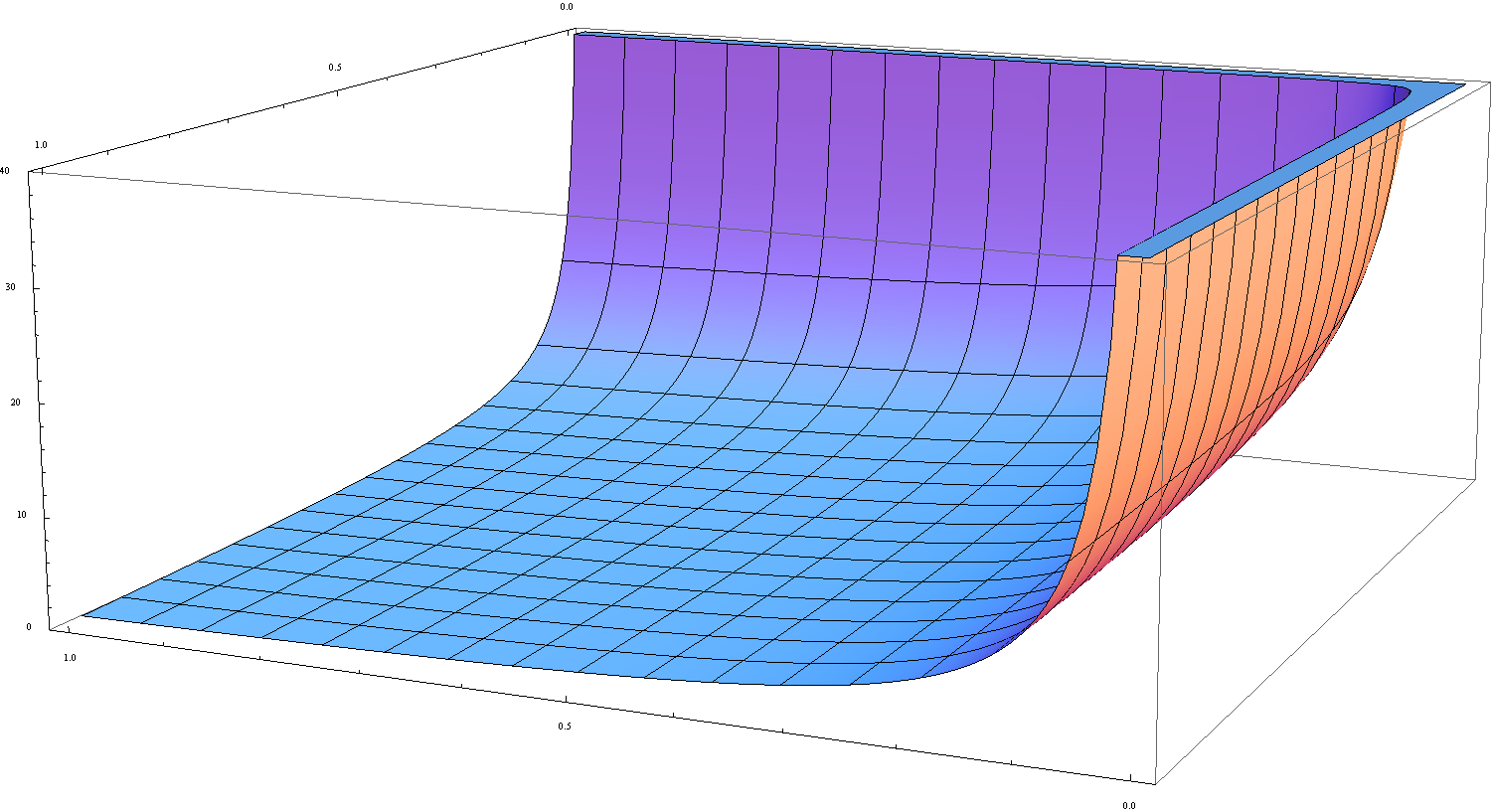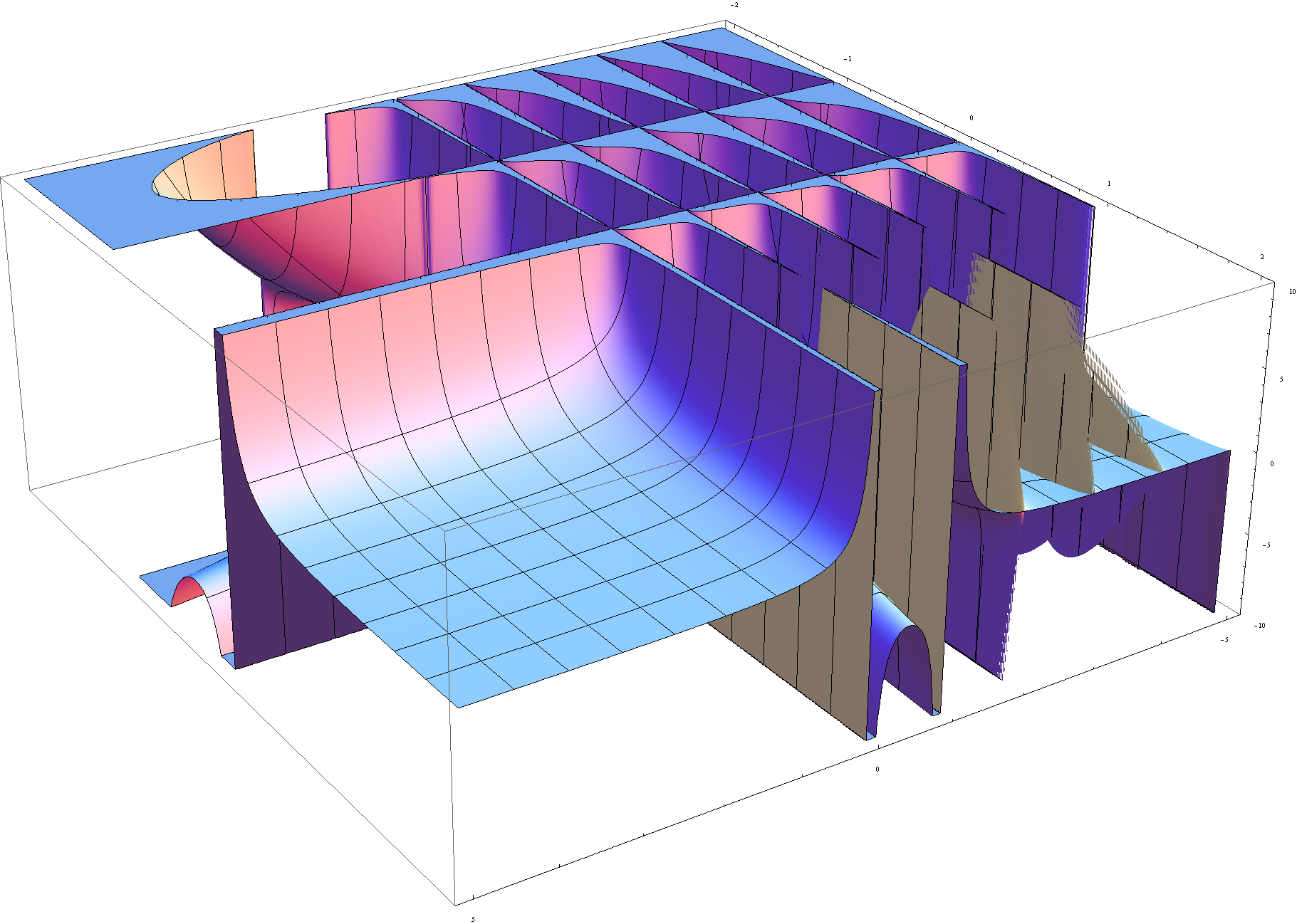Difference between revisions of "Beta"
| Line 28: | Line 28: | ||
=References= | =References= | ||
* {{BookReference|Higher Transcendental Functions Volume I|1953|Harry Bateman|prev=findme|next=Beta as improper integral}}: $\S 1.5 (1)$ | * {{BookReference|Higher Transcendental Functions Volume I|1953|Harry Bateman|prev=findme|next=Beta as improper integral}}: $\S 1.5 (1)$ | ||
| − | * {{BookReference|Handbook of mathematical functions|1964|Milton Abramowitz|author2=Irene A. Stegun|prev=findme|next= | + | * {{BookReference|Handbook of mathematical functions|1964|Milton Abramowitz|author2=Irene A. Stegun|prev=findme|next=Beta in terms of gamma}}: $6.2.1$ |
[[Category:SpecialFunction]] | [[Category:SpecialFunction]] | ||
Revision as of 00:42, 9 August 2016
The beta function $B$ (note: $B$ is capital $\beta$ in Greek) is defined by the following formula for $\mathrm{Re}(x)>0$ and $\mathrm{Re}(y)>0$: $$B(x,y)=\displaystyle\int_0^1 t^{x-1}(1-t)^{y-1} \mathrm{d}t=\displaystyle\int_0^{\infty} \dfrac{t^{x-1}}{(1+t)^{z+y}}=2\displaystyle\int_0^{\frac{\pi}{2}} (\sin t)^{2x-1} (\cos t)^{2y-1} \mathrm{d}t.$$
Properties
Partial derivative of beta function
Beta in terms of gamma
Beta in terms of sine and cosine
Beta as improper integral
Beta is symmetric
Videos
Beta function - Part 1
Beta function
Beta integral function - basic identity
Gamma function - Part 10 - Beta function
Mod-04 Lec-09 Analytic continuation and the gamma function (Part I)
Gamma Function, Transformation of Gamma Function, Beta Function, Transformation of Beta Function
Beta Function - Gamma Function Relation Part 1
Beta Function - Gamma Function Relation Part 2
Beta Integral: Even Powers Of Sine Function
References
- 1953: Harry Bateman: Higher Transcendental Functions Volume I ... (previous) ... (next): $\S 1.5 (1)$
- 1964: Milton Abramowitz and Irene A. Stegun: Handbook of mathematical functions ... (previous) ... (next): $6.2.1$

